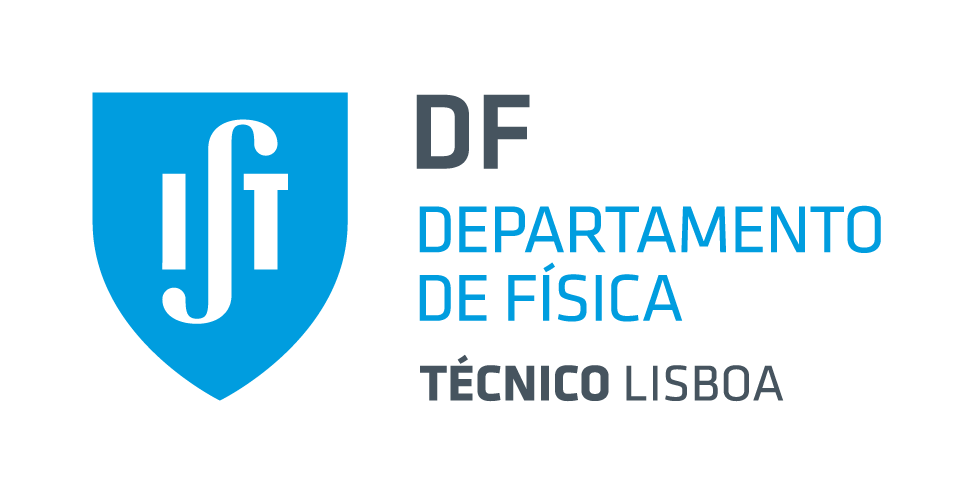Newsfrom our faculty members and students
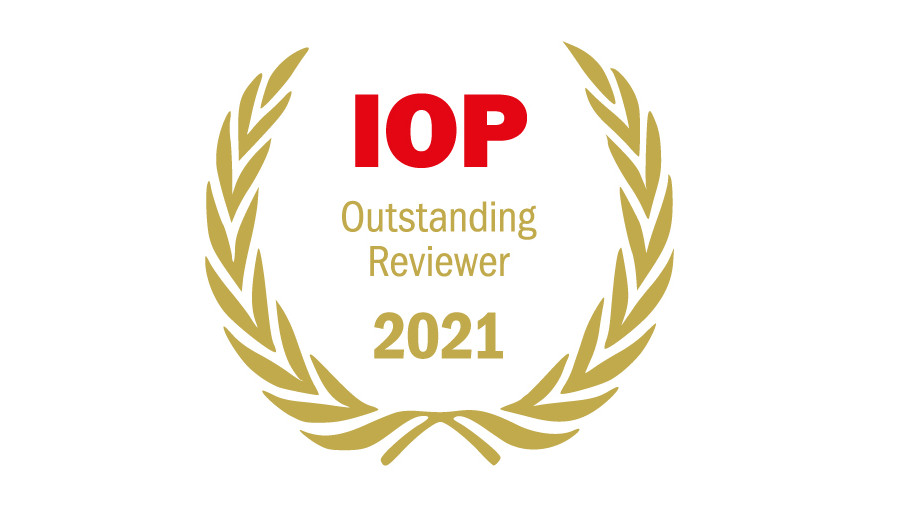
Doctor Rui Coelho recognized as Outstanding Reviewer for Nuclear Fusion in 2021
April 26 2022Peer review forms the backbone of scholarly communication, and IOP Publishing values and appreciates the support of reviewers
in helping uphold the high scientific standards of its journals.
Every year, outstanding reviewers are selected by IOP Publishing's Editors based on the quality, quantity and timeliness of their reviews.
In 2021, Doctor Rui Coelho was recognized as Outstanding Reviewer for Nuclear Fusion.
Congratulations Rui !
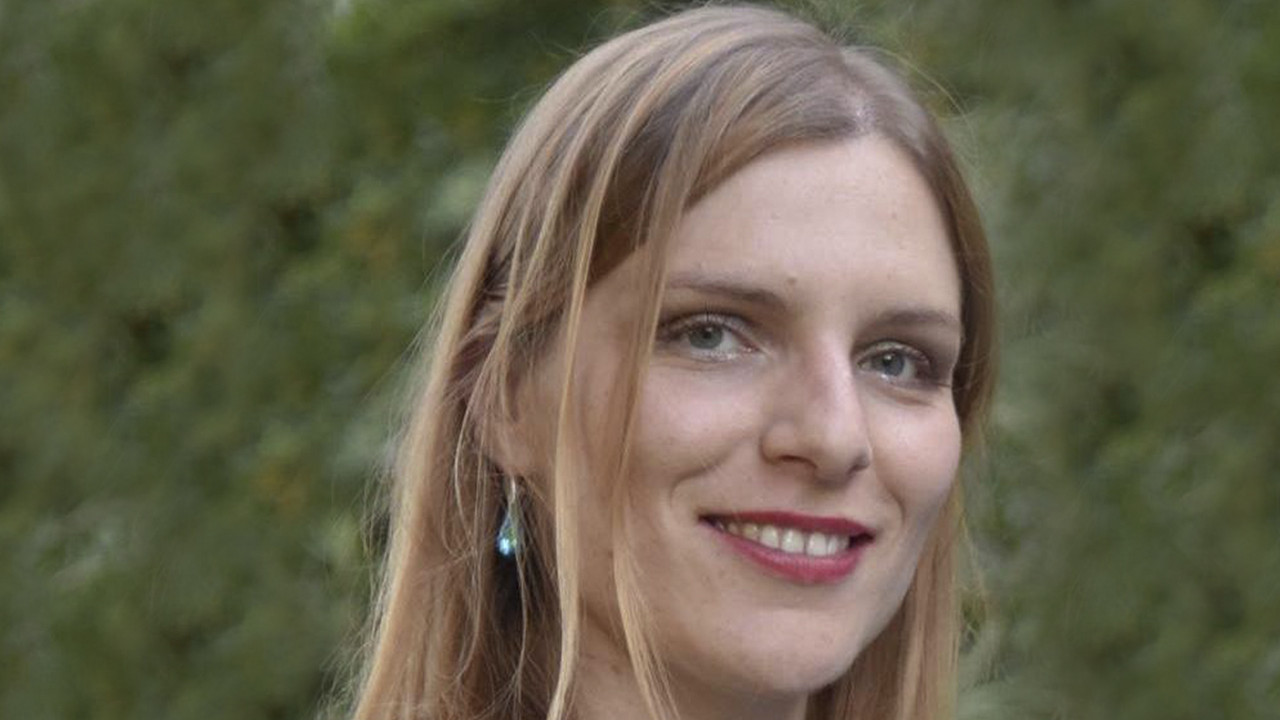
Marija Vranic wins 2022 PRACE Ada Lovelace Award
February 26 2022Marija Vranic (invited professor with the domain of Plasma Physics, Lasers and Nuclear Fusion of the Deartment of Physics) is the winner of the 2022 PRACE Ada Lovelace Award for her outstanding impact on High-Performance Computing (HPC) in Europe. Dr. Vranic has not only pioneered techniques for simulating extreme plasmas, but she is also actively involved in improving the visibility of women in physics and HPC.
Launched in 2016, the PRACE Ada Lovelace Award is annually awarded to a female scientist who makes an outstanding contribution to and impact on HPC in Europe and the world, and serves as a role model for women who are at the start of their scientific careers. The awardee is announced at the annual PRACE Scientific and Industrial Conference (PRACEdays) and is invited to participate in the concluding plenary Panel Discussion.
The award is named after the Countess of Lovelace, a British mathematician who lived in the 19th century and among else worked with Charles Babbage on the Machine they called the Analytical Engine – one of the first precursors of computers. Many historians regard Ada Lovelace’s contribution to this mechanical calculator as the very first algorithm – and herself as the first person to be rightly called a programmer.
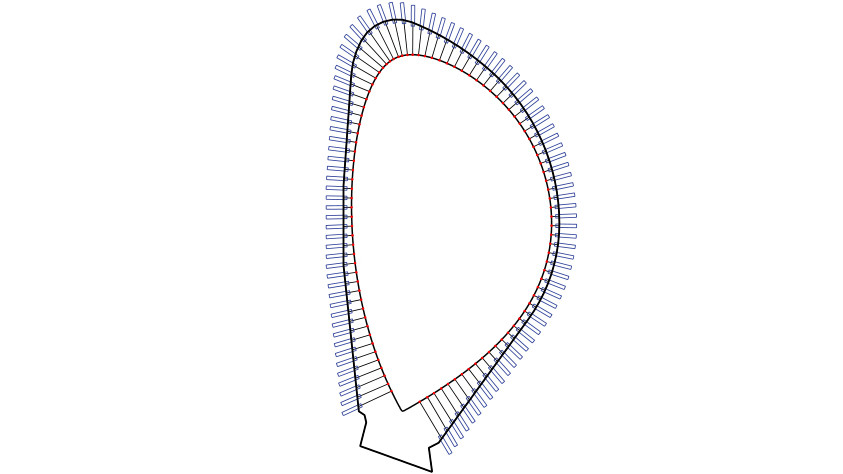
Emanuel Ricardo receives PhD in Physics
January 29 2022On 26 January 2022, Dr. Emanuel Ricardo received his PhD in Physics with a thesis entitled 'Assessment of reflectometry diagnostics for DEMO'. His work was supervised by Dr. Filipe Manuel da Silva (IST), Dr. Stéphane Heuraux (Univ. Lorraine) and Dr Bruno Gonçalves (IST).
The thesis committee consisted of Dr. Wolgang Biel (IEK-4, Germany), Dr. Carlos Silva (IST), Dr. Roland Sabot (CEA, France), Dr. António Silva (IST), Dr. Filipe Silva (IST) and Prof. Luís l. Alves (IST, President).
Congratulations Emanuel !
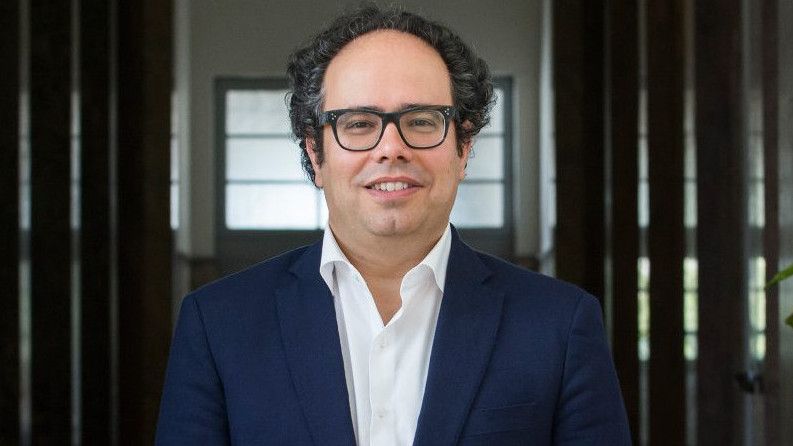
Faculty Luís Oliveira e Silva distinguished as Visiting Professor in Physics at Oxford University
January 25 2022Prof. Luís Oliveira e Silva has been appointed visiting Professor in Physics at the University of Oxford with the aim of strengthening his teaching and research collaboration.
This appointment, which will last for at least the next three years, will allow the Department of Physics and the Scientic Area of Plasma Physics, Lasers and Nuclear Fusion to strengthen their collaborations with the Department of Physics at Oxford University and, in particular, with the sub-departments of Atomic and Laser Physics and the Rudolf Peierls Centre for Theoretical Physics, in topics such as laboratory astrophysics (Prof. Gianluca Gregori), extreme plasmas (Prof. Peter Norreys) and plasma accelerators (Prof. Simon Hooker).
Congratulations Luís !

Faculties H Fernandes and M Fajardo nominated for IUPAP Commissions
December 27 2021Horácio Fernandes and Marta Fajardo were nominated for the International Union of Pure and Applied Physics (IUPAP) Commissions on Physics for Development (C13) and on Plasma Physics (C16), respectively.
The Commission on Physics for Development was established in 1981 to promote the exchange of information and views among members of the scientific community, to (i) help in appropriate ways the improvement of physics and physicists conditions in developing countries by (ii) proposing and, if appropriate, support initiatives to promote the contribution of physics to industrial development and (iii) collect and distribute relevant information on opportunities for Physics Development.
The Commission on Plasma Physics was established in 1969 to (i) promote the exchange of information and views among the members of the international scientific community in the general field of Plasma Physics, (ii) recommend, initiate and assist in the organization of international conferences, which qualify for support under Union regulations, and (iii) promote the free circulation of scientists; to assist conference organizers in ensuring such free circulation and in resolving potential infringements.
Horácio Fernandes' mandate is of particular importance given the fact that 2022 was elected as the "International Year of Basic Sciences for Sustainable Development" by UNESCO.
